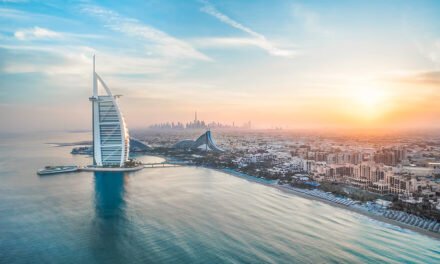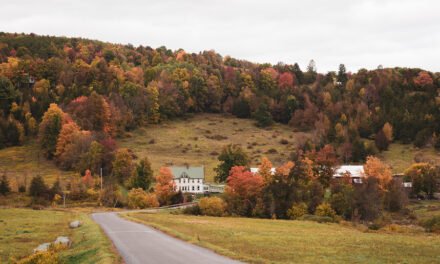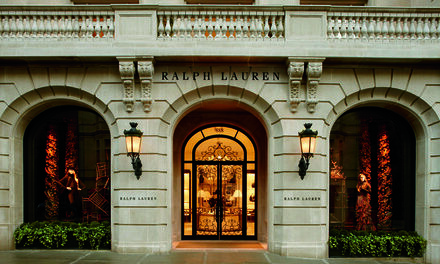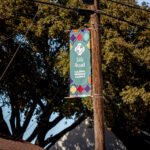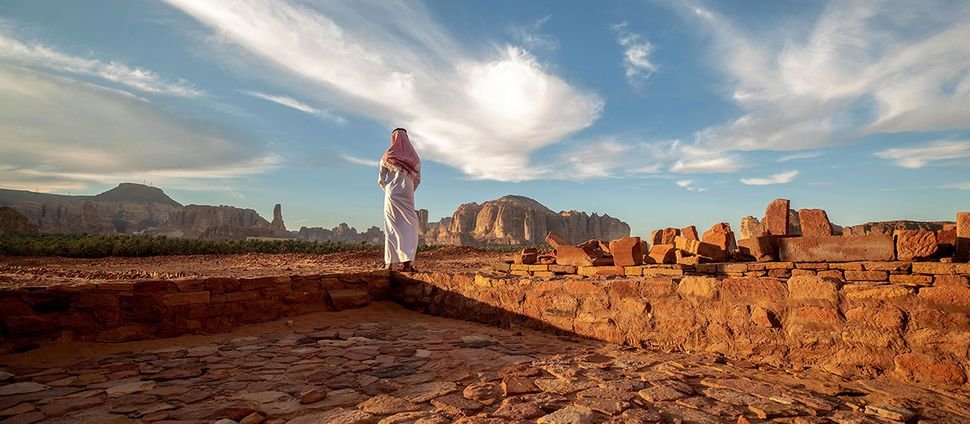
The magical landscape and historical landmarks of Al-‘Ula in the Medina region of Saudi Arabia will be on full display thanks to a new documentary airing this week on the Travel Channel. “The Architects of Ancient Arabia” will air on Wednesday, March 31 and Thursday April 1. The documentary will also air on Friday, April 2 on the Discovery Channel.
Archeological research in the area reveals 200,000 years of human history showcasing the importance of this vital crossroads of trade. The documentary unearths the discoveries that many scientists and researchers have spent years studying. Narrated by Academy Award winner Jeremy Irons, the program will leave you wanting to learn more.
Since Saudi Arabia relaxed its tourism policies in recent years, the opportunity to visit is easier than ever. Al-‘Ula is on the cusp of becoming the next great world destination for adventurers, curious explorers and those with a thirst for history. Like Petra or the Nazca Lines in Peru, Al-‘Ula is a thrilling, yet complex, wonderland that is hard to comprehend in just one visit.
Most interesting is how the destination is carefully planning its debut on the world tourism stage. To avoid “over tourism,” Al-‘Ula is designing the visitor experience in a way that does not impede on the lives of locals or the sites themselves. A visit will provide insight into the historical wonder of the area while also break down misconceptions of the Saudi culture and way of life.
Of the many places to visit are Hegra, the first UNESCO World Heritage Site in Saudi Arabia, comprising 111 tombs dating back 2,000 years to the Nabataean kingdom. The ninth century Dadan capital city is another glorious sight and is still a live excavation site. Tenth-century Al-‘Ula Castle overlooks the old town of the city where nearly 400 shops and town square mosques have been identified by archeologists.



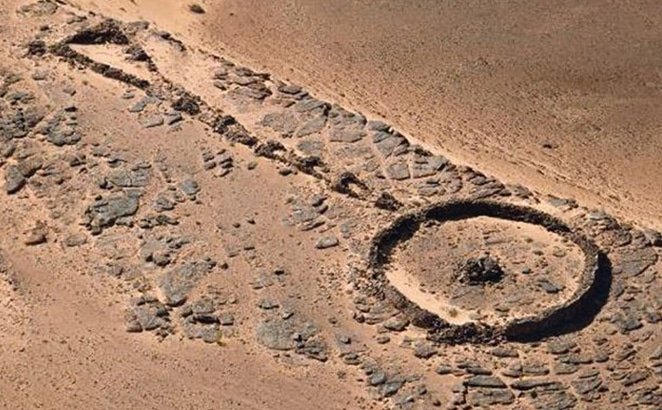
Considered an al fresco library for its 500 inscriptions, Jabal Ikmah fascinates with its preserved historical markings. Scripts from various cultures including Aramaic, Greek and Latin are visible showing just how important Al-‘Ula was as a crossroads for travel especially in the incense trade.
This is all in addition to the stunning rock formations that make up the desert landscape, slightly reminiscent of Wadi Rum in Jordan. Mesmerizing rock formations will have you wondering exactly what those that created them were trying to say. Were they meant to be visible from the heavens? Were they messages for future visitors that would pass through the area? The historical significance and interpretation of many of these formations are still being determined, in some cases.
Ancient rock carvings are considered to be “journals” or “notepads” of sorts detailing the rituals, traditions and religions of the people that lived and passed through Al-‘Ula. The rock art depicts humans, musical instruments, animals and even chariots.
Punctuating the desert landscapes are lush oases of swaying palm trees, drainage basins and underground watercourses. The area has 80 natural water springs and 2.3 million date palm trees that produce 90,000 tons of dates annually. Visitors to the area can participate in farm experiences to learn more about the daily life of its previous inhabitants. Eventually, plans are in place for travelers to also assist archeologists on their monumental digs.
Beyond the historical activities, stargazing, hiking, zip lining and camping are among the many tourist attractions that visitors will find. Al-‘Ula will be more than just history, and it will offer the option to sample regional cuisine, learn about the animals native to the area and understand more about the lost trades of the previous people here. A cooking school will prove popular with those that want to sample the local produce and spices.
As a destination, new hotels and resorts at various price points are opening to appeal to the global tourist market. This includes the option to camp or “glamp” in the desert or stay on a nature reserve, which is expected to open in 2024. While the commercial side continues to develop, planners are keen on preventing a mass-market approach to the destination.
A tourist eVisa is available for travelers older than 18 from 49 countries. And unlike what many may believe, females older than 18 can travel alone. In fact, many of the epigraphic and archeological evidence unearthed show that women in the Nabataean kingdom were equal to men in various aspects of daily life like owning property and holding commercial roles.
An airport offers regularly scheduled service to Riyadh and a growing number of cities. Visitors can also drive from Dammam, Jeddah or Riyadh.
The incredible history and beauty of Al-‘Ula is ready for the world stage, and this documentary will introduce it to eager travelers looking for outdoor and exciting new places to visit when they are ready for their next big trip. Saudi Arabia may not have been on your bucket list before, but Al-‘Ula may make you change your mind.




